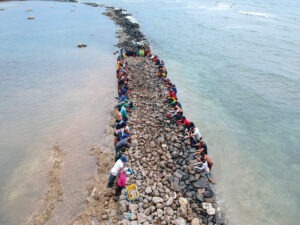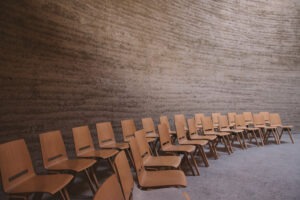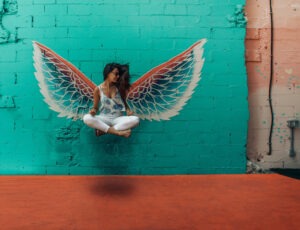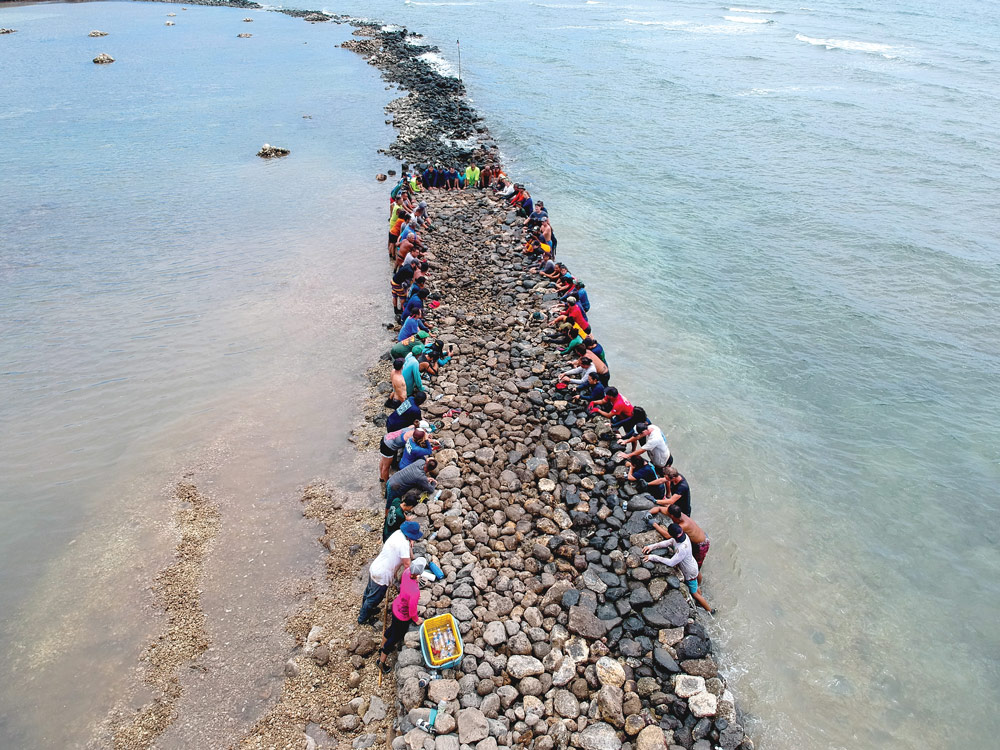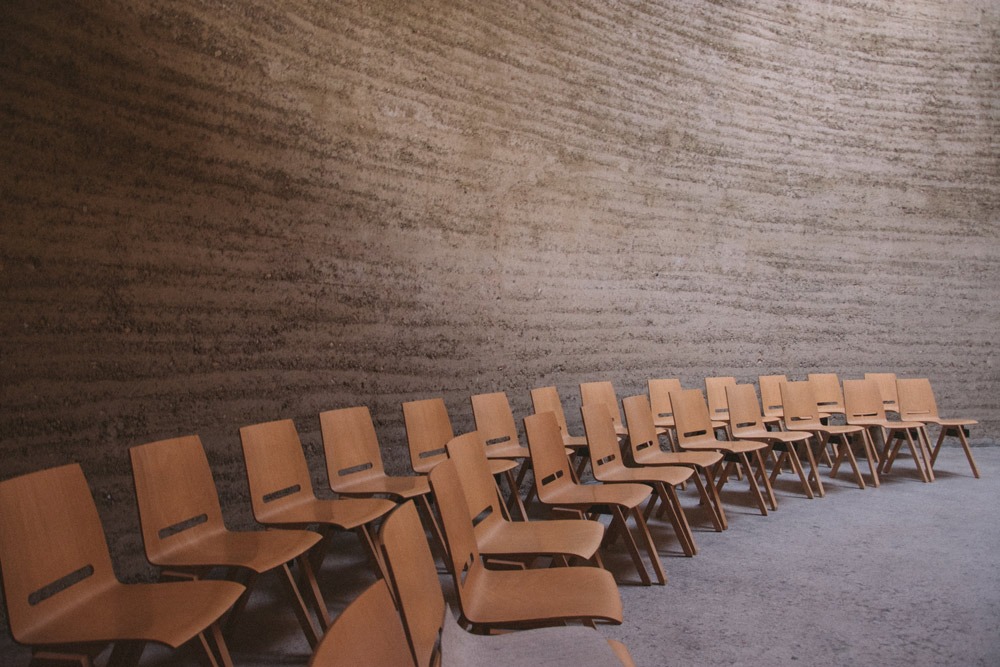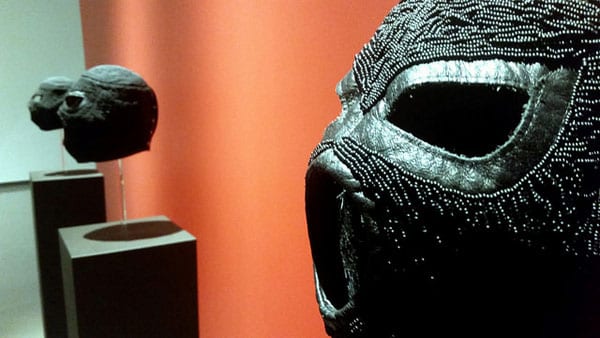
November 8, 2018; Winnipeg Free Press
In the prairie province of Manitoba, the Winnipeg Art Gallery, Canada’s sixth-largest art museum, is launching what it hopes will be the first of many indigenous biennial festivals. Patterned after the Venice Biennale (La Biennale di Venezia), which has celebrated the heritage and culture of European art every two years (except during wartime) since 1895, the Winnipeg festival will launch in 2020, the same year the museum plans to open its Inuit Art Centre.
According to Canada’s 2016 census, First Nations, Métis, and Inuit residents number 92,810 in Winnipeg, an amount that is more than any other city in Canada and which equals 12.2 percent of the metro area’s population. In the US, New York City has a greater American Indian population, but at 111,749 people out of 8.623 million, that number represents a much smaller 1.3 percent of residents.
As for the art festival, Alexandra Paul of the Winnipeg Free Press reports, “The first biennial…will showcase Indigenous art from Canada, New Zealand, and Australia, partly because they share a similar colonial history.”
“The Winnipeg Art Gallery,” Paul adds, “hopes a recurring exhibit every two years will transform it into a stage for contemporary Indigenous art worldwide.”
The first exhibit is expected to feature more than 60 Indigenous artists, as well as support commissions, artist residencies, education, and outreach programs. The theme of the inaugural festival will center on how Indigenous nations are responding to challenges of sustainability, climate change, and the environment.
Sign up for our free newsletters
Subscribe to NPQ's newsletters to have our top stories delivered directly to your inbox.
By signing up, you agree to our privacy policy and terms of use, and to receive messages from NPQ and our partners.
The festival’s planned 2020 launch also coincides with the 150th anniversary of Manitoba as a province and comes five years after Canada’s 2015 Truth and Reconciliation Commission issued its report, as well as supporting documents regarding principles, survivor accounts, and calls to action. In its preface, the commission’s survivor account recalls the history of “residential schools”—the US operated similar boarding schools—and the legacy of inflicted trauma:
The assault on Aboriginal identity usually began the moment the child took the first step across the school’s threshold. Braided hair (which often had spiritual significance) was cut, homemade traditional clothing was exchanged for a school uniform, Aboriginal names were replaced with Euro-Canadian ones (and a number), and the freedom of life in their own communities was foregone for the regimen of an institution in which every activity from morning to night was scheduled. Males and females, and siblings, were separated, and, with some exceptions, parental visits were discouraged and controlled.
Hastily and cheaply built schools often had poor or nonexistent sanitation and ventilation systems. With few infirmaries in which students with contagious diseases could be isolated, epidemics could quickly spread through a school with deadly results. Because schools were funded on a per capita basis, administrators often violated health guidelines and admitted children who were infected with such deadly and contagious diseases as tuberculosis. Often, parents were not informed if their children became sick, died, or ran away.
The Canadian government, philanthropy, and nonprofits have each taken measures to respond to the Truth and Reconciliation Commission’s findings. For instance, in 2017, a fund seeded by the Canadian federal government, with a philanthropic match from Canada’s 191 community foundations, provided local support to more than 2,100 projects across the country, about a quarter of which (550) were led by First Nations people.
Jaimie Isaac, who curates Indigenous and contemporary art at the Winnipeg Art Gallery, says that Winnipeg has long been a center of First Nations art, citing the work of Daphne Odjig (Potawatomi) and the late Norval Morrisseau (Anishinaabe). “I see it as relevant that the Winnipeg Art Gallery would support this, and I see it as having a mushroom effect across Canada and North America,” Isaac tells Paul.
The museum’s dedication to the work is signaled on its website, where the museum’s account of its history begins: “The Winnipeg Art Gallery is located on Treaty No. 1, the original lands of Anishinaabe, Ininiwak, Anishininiwak, Dakota, and Dene peoples, and on the homeland of the Métis Nation. We respect the Treaties that were made on these territories, we acknowledge the harms and mistakes of the past, and we dedicate ourselves to moving forward in partnership with Indigenous communities in a spirit of reconciliation and collaboration.”—Steve Dubb


